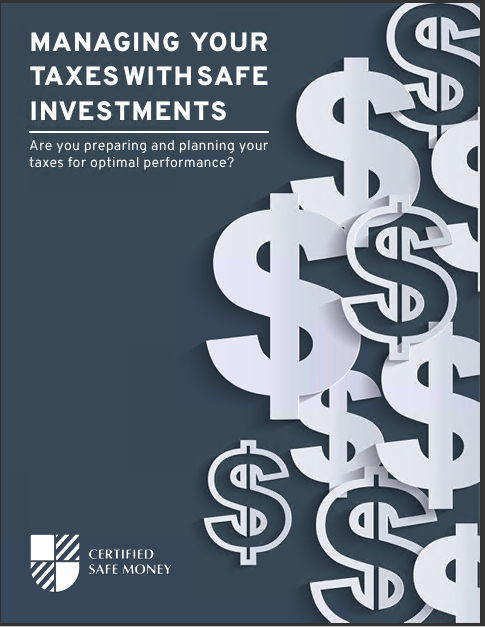How to Build a Low-Risk, Diversified Investment Portfolio
Building a low-risk, diversified investment portfolio is essential for achieving financial stability and growth while minimizing potential losses. Diversification helps spread risk across various asset classes, sectors, and geographic regions, reducing the impact of any single investment’s poor performance on the overall portfolio. Here’s how to construct a low-risk, diversified investment portfolio effectively.
Understanding Diversification
Diversification is an investment strategy that involves spreading your investments across different assets to reduce exposure to any one particular risk. By diversifying, you ensure that the positive performance of some investments can offset the negative performance of others, thereby reducing overall portfolio volatility.
Steps to Build a Low-Risk, Diversified Portfolio
1. Determine Your Risk Tolerance
Understanding your risk tolerance is the first step in building a diversified portfolio. Risk tolerance refers to your ability and willingness to endure market fluctuations. Factors influencing risk tolerance include your financial goals, investment time horizon, and comfort with potential losses. Generally, the longer your investment horizon, the more risk you can afford to take.
2. Define Your Investment Goals
Clearly defining your investment goals helps shape your portfolio strategy. Common goals include saving for retirement, generating income, preserving capital, or funding education. Your goals will determine the types of assets you should include in your portfolio and the level of risk you are willing to take.
3. Choose the Right Asset Allocation
Asset allocation is the process of deciding how to distribute your investments among different asset classes, such as stocks, bonds, real estate, and cash. The right mix depends on your risk tolerance, investment goals, and time horizon.
- Stocks: While stocks are generally riskier than other asset classes, they offer higher potential returns. For a low-risk portfolio, focus on large-cap stocks, dividend-paying stocks, and stocks in stable industries.
- Bonds: Bonds provide steady income and are less volatile than stocks. Government bonds, municipal bonds, and high-quality corporate bonds are ideal for a low-risk portfolio.
- Real Estate: Real estate can provide income and capital appreciation. Real Estate Investment Trusts (REITs) offer an easy way to invest in real estate without the hassle of direct property management.
- Cash and Cash Equivalents: These include high-yield savings accounts, money market funds, and short-term CDs. They provide stability and liquidity but offer lower returns.
4. Diversify Within Asset Classes
Diversification should extend within each asset class to further spread risk.
- Stocks: Invest in a mix of domestic and international stocks, large-cap and small-cap stocks, and various sectors such as technology, healthcare, and consumer goods.
- Bonds: Diversify your bond investments by including bonds with different maturities, issuers, and credit qualities.
- Real Estate: Invest in different types of properties, such as residential, commercial, and industrial real estate through REITs or direct ownership.
5. Consider Low-Risk Investment Vehicles
For a low-risk portfolio, include investment vehicles designed to preserve capital and provide steady returns.
- Treasury Securities: U.S. Treasury securities, such as Treasury bills, notes, and bonds, are considered among the safest investments.
- Municipal Bonds: These bonds offer tax-exempt interest income and are generally low-risk.
- Dividend-Paying Stocks: Companies that consistently pay dividends, especially those that increase dividends over time, can provide a reliable income stream and potential capital appreciation.
- Indexed Funds and ETFs: These funds offer broad market exposure with low fees and lower turnover, making them tax-efficient and less risky.
6. Regularly Rebalance Your Portfolio
Rebalancing involves adjusting your portfolio to maintain your desired asset allocation. Over time, some investments may perform better than others, causing your portfolio to drift from its original allocation. Regular rebalancing, such as annually or semi-annually, ensures that you continue to adhere to your risk tolerance and investment goals.
7. Monitor and Review Your Investments
Continuous monitoring and periodic review of your investments are crucial for long-term success. Stay informed about market trends, economic conditions, and changes in your personal financial situation. Adjust your portfolio as needed to reflect these changes and ensure it remains aligned with your goals.
8. Seek Professional Advice
Working with a financial advisor can provide valuable insights and help you navigate complex investment decisions. An advisor can assist in developing a customized investment strategy, selecting appropriate investments, and rebalancing your portfolio.
Conclusion
Building a low-risk, diversified investment portfolio requires a thorough understanding of your risk tolerance, clear investment goals, and strategic asset allocation. By diversifying across and within asset classes, choosing low-risk investment vehicles, and regularly rebalancing your portfolio, you can minimize risks and achieve financial stability. Continuous monitoring and seeking professional advice can further enhance your investment strategy, ensuring long-term growth and security. With careful planning and disciplined execution, you can build a robust portfolio that withstands market volatility and helps you achieve your financial objectives.
Contact Information:
Email: biancachavez@bedrockfs.com
Phone: 6029307914














